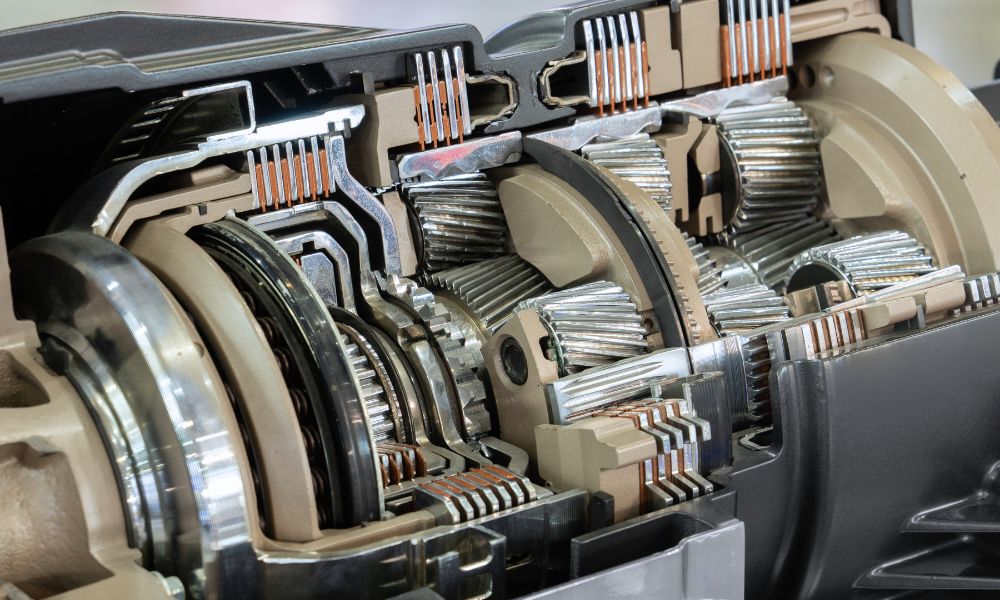The Differences Between Manual & Dual-Clutch Transmission

While the typical transmission options available to drivers are automatic and manual, there are more than just these two choices, like dual-clutch transmissions. Below, we’ll provide a brief overview of dual-clutch transmissions, including how they work and the differences between them, manual, and automatic transmissions.
What Is a Dual-Clutch Transmission?
Before we compare the characteristics of a dual-clutch transmission (DCT) and other vehicle transmissions, what does it mean when a car has a DCT? If you’re familiar with vehicles and clutch transmissions, you know that the clutch disengages the crankshaft from the transmission so the driver can switch from one gear to another using the gear selector for manual transmissions. And in an automatic transmission, the vehicle does this automatically.
A DCT is unique because it has two clutches—two transmissions working in concert with the same purpose as a standard manual transmission. With the extra clutch, a DCT can quickly change gears, as while one clutch is engaged, the other pre-selects the next gear for immediate engagement.
How Is a Dual-Clutch Different From a Manual Transmission?
There are many differences between manual and dual-clutch transmissions, but perhaps the most integral distinction is that a DCT doesn’t have a clutch pedal. With a DCT, the electronics control clutch engagement rather than the driver, similar to an automatic.
A DCT is much faster than a manual transmission, taking only milliseconds to change gears instead of the time it takes for a driver to disengage the clutch, choose gears, and engage again manually. The extra clutch makes gear changes much faster, so DCTs are considered performance transmissions in vehicles where drivers want to maximize performance.
How Is a Dual-Clutch Different From an Automatic Transmission?
While a DCT is similar to an automatic transmission, it also has some key differences. A DCT is controlled by an electronic control module rather than a clutch pedal, so drivers can use the buttons or gear shifts to control the gears manually.
An automatic uses a torque converter to shift gears automatically, giving the driver manual control over the process besides the gas and brake pedal. DCTs can also operate automatically, but the driver can control them manually through paddle shifters. The manual option also makes DCTs different from other automatic transmissions, like continuously variable transmissions (CVT), which use belts and pulleys for more gear ratios and cannot be operated manually.
Conclusion
The key consideration is that DCTs extract as much performance out of your vehicle as possible, making gear shifts much smoother and faster. If you’re interested in a performance clutch and flywheel kit for your vehicle, Clutch Master Industries can help! Browse our selection of performance kits online or contact our helpful staff with any questions about our products.


